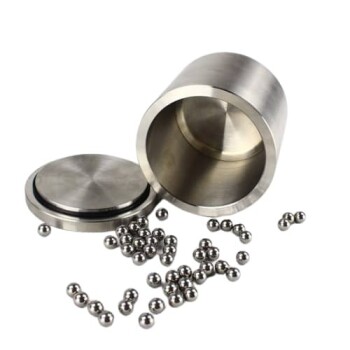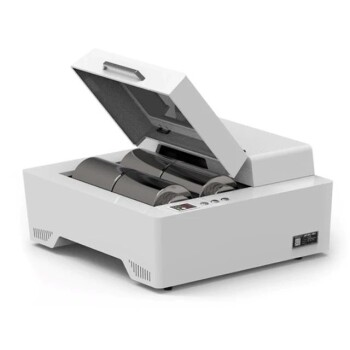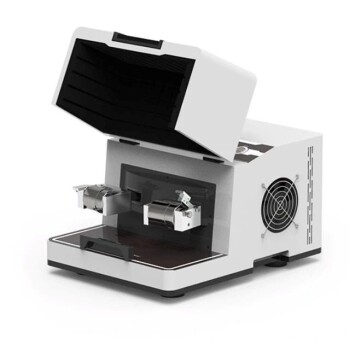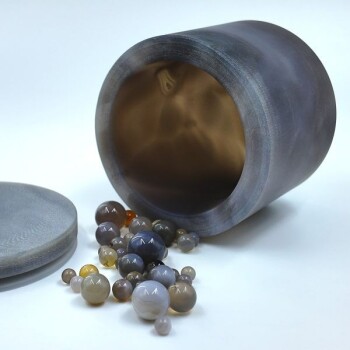Introduction to Ball Mills
Ball mills are essential equipment for grinding materials in both laboratory and industrial settings. In this article, we will explore the advantages and disadvantages of using ball mills for particle size reduction and material blending. We will also discuss the versatility and capacity of ball mills, as well as the importance of maintenance and management for efficient performance. Understanding the fundamentals of ball mills is crucial for maximizing their efficiency and output in various applications. Let's delve into the world of ball mills and gain insight into their practical uses and drawbacks.
Types of Ball Mills
In the realm of ball milling, there exist various types of ball mills distinguished by their body forms such as cylindrical, tube, and conical mills.
Types of Ball Mills
Ball mills come in different forms, with the most common distinctions being cylindrical, tube, and conical mills. The variation in body form caters to specific operational and application requirements.

-
Cylindrical Ball Mills: These are characterized by their cylindrical shape, providing a versatile design suited for various milling applications.
-
Tube Ball Mills: This type of ball mill features a tube-like structure, offering advantages in terms of operation and maintenance.
-
Conical Ball Mills: Conical mills are designed with a conical body, making them suitable for size reduction and mixing applications.
Applications of Ball Mills
The applications of ball mills are diverse and encompass a wide range of industries and scientific research fields. These versatile milling machines are used for various processes including grinding, mechanical alloying, and material property alteration. Let's delve into the practical applications of ball mills in the context of mining ores, coal, pigments, and scientific research.
Wet and Dry Grinding Processes
Ball mills are widely utilized for wet and dry grinding processes in industries such as mining, cement production, and ceramics. The versatility of ball mills allows for effective particle size reduction, which is essential in various material processing and manufacturing applications. In the context of wet grinding, the liquid medium assists in reducing particle size and facilitating efficient mixing, while dry grinding processes are employed for materials that are sensitive to moisture.
Mechanical Alloying and Mixing
The process of mechanical alloying, which involves the blending of multiple materials to form new alloys, is an important application of ball mills. The high energy input during the milling process enables the production of homogeneous alloy powders with fine microstructures. Additionally, ball mills are used for mixing materials to achieve uniform compositions and desirable properties in the final products.
Innovative Applications
Innovative advancements in ball mill technology have led to the development of 3D printed ball mills, expanding their applications in off-grid operability and customized manufacturing processes. These novel approaches highlight the adaptability and evolving capabilities of ball mills in meeting diverse industrial and research requirements.
Nanomaterial Preparation and Dispersion
Nano ball mills are instrumental in the preparation and dispersion of various nanomaterials, including nanoceramics, nanometals, and nanosemiconductors. The high efficiency, speed, and uniformity offered by nano ball mills make them indispensable for research in materials science, energy science, biomedicine, and the advancement of nanotechnology. Their ability to provide uniform dispersion and controlled particle size distribution contributes significantly to the development of advanced nanomaterials.
Ball mills play a crucial role in the advancement of scientific research and industrial processes, enabling the manipulation of materials at the nanoscale and facilitating the development of cutting-edge technologies.
In conclusion, the practical applications of ball mills encompass a wide spectrum of industries, from traditional mining and ceramics to groundbreaking advancements in nanotechnology and materials science. As these versatile milling machines continue to evolve, their impact on industrial and scientific endeavors is poised for further expansion and innovation.
Shortcomings and Mitigation Strategies
Ball mills are crucial equipment in grinding operations, but they are associated with several key shortcomings. These include serious wear, high energy consumption, thermal damage to materials, and loud noise during operation.
Serious Wear
The friction between the material and the grinding medium in ball mills leads to significant wear of the equipment. Regular maintenance is essential to address serious wear, ensuring that parts are replaced in a timely manner to maintain the efficiency and effectiveness of the mill.
High Energy Consumption
The grinding process in ball mills demands a substantial amount of energy, resulting in high energy consumption. To mitigate this, it is imperative to implement effective energy consumption control measures. These measures may include optimizing the operational parameters and adopting energy-efficient technologies where applicable.
Thermal Damage to Materials
During the grinding process, ball mills generate heat that can potentially cause thermal damage to the materials being processed. It is critical to prioritize the reduction of thermal damage through the implementation of best practices. This may involve controlling the operational parameters, such as rotational speed and duration, to minimize the heat generated and its impact on the materials.
Loud Noise Emission
The high-speed rotation of equipment in ball mills produces loud noise during operation. Mitigating the noise emission is essential for a conducive working environment. This can be achieved through the adoption of noise reduction technologies, regular equipment maintenance, and the utilization of noise-absorbing materials in the mill's design.
In summary, while ball mills offer significant advantages in material grinding, it is crucial to address their shortcomings effectively. Regular maintenance and efficient management play a pivotal role in mitigating these drawbacks. By implementing proper maintenance practices and adopting energy consumption control measures, along with strategies to minimize thermal damage and noise emission, the operational efficiency and reliability of ball mills can be substantially enhanced.
Advantages and Potential Benefits
Ball mills have several advantages and potential benefits that make them highly suitable for various applications across different industries.
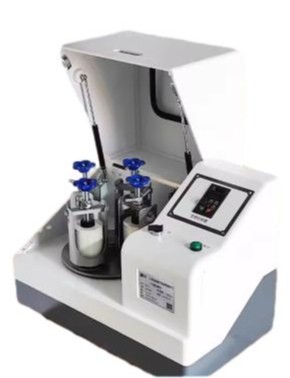
Advantages of Ball Mills
-
High Grinding Efficiency: Ball mills are capable of achieving rapid grinding of materials, particularly those with high hardness and viscosity. Their high grinding efficiency allows for the production of fine powders, with product fineness reaching sub-micron levels.
-
Simple Maintenance: Featuring a straightforward structure, ball mills are easy to use and maintain. Users primarily need to focus on material addition and regular equipment maintenance to ensure its smooth operation.
-
Wide Range of Applications: Ball mills offer versatility in grinding a diverse range of materials, such as magnetic materials, inorganic non-metallic materials, organic chemical materials, and biomedical materials, making them highly adaptable across various industries.
-
High Precision: With the ability to achieve fine grinding of materials, ball mills operate with high precision, enhancing their suitability for applications requiring precise particle size control.
Comparison with Traditional Milling Machines
When comparing ball mills with traditional milling machines, it is important to highlight the absence of cutting tools in ball mills and their reliance on force for operations. Unlike traditional milling machines that depend on a rotary cutting tool, a ball mill uses force to perform its operations, eliminating the need for a cutting tool.
These differences extend to the functions of the two types of machines. While traditional milling machines are primarily designed to remove materials using cutting tools, ball mills support a wider range of materials including ore, ceramics, and paint. The material is added to the ball mill compartment, where it is exposed to the forceful rotation of a ball, resulting in the grinding down of materials into an ultra-fine, powder-like medium coarse.
The degree of milling in a ball mill can be influenced by various factors such as the residence time of material in the mill chamber, the size, density, and number of balls used, the nature of the grinding material, feed rate and level in the vessel, as well as the rotation speed of the cylinder. Additionally, there are different types of ball mills available, each with varying operating principles and maximum capacity of the milling vessel, ranging from planetary ball mills and mixer mills to vibration mills, and horizontal rolling ball mills.
Related Products
- Laboratory Ball Mill Jar Mill with Metal Alloy Grinding Jar and Balls
- Laboratory Jar Ball Mill with Alumina Zirconia Grinding Jar and Balls
- High Energy Vibratory Laboratory Ball Mill Grinding Mill Single Tank Type
- High Energy Vibratory Laboratory Ball Mill Double Tank Type
- High Energy Planetary Ball Mill Milling Machine for Laboratory
Related Articles
- Disc / Cup Vibratory Mill: A Comprehensive Guide for Laboratory Experts
- PTFE Shovel: A Comprehensive Guide to Its Uses, Advantages, and Applications
- Disc / Cup Vibratory Mill: A Comprehensive Guide to Grinding Equipment
- Glassware vs. Plasticware - Which is the Better Choice for Your Needs?
- Disc / Cup Vibratory Mill: A Comprehensive Guide to Its Functions and Applications


